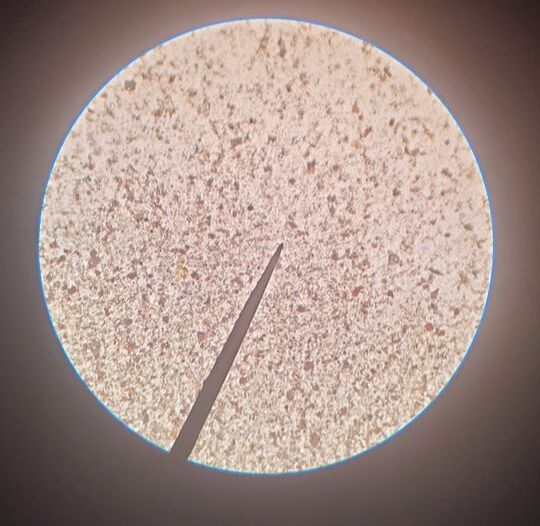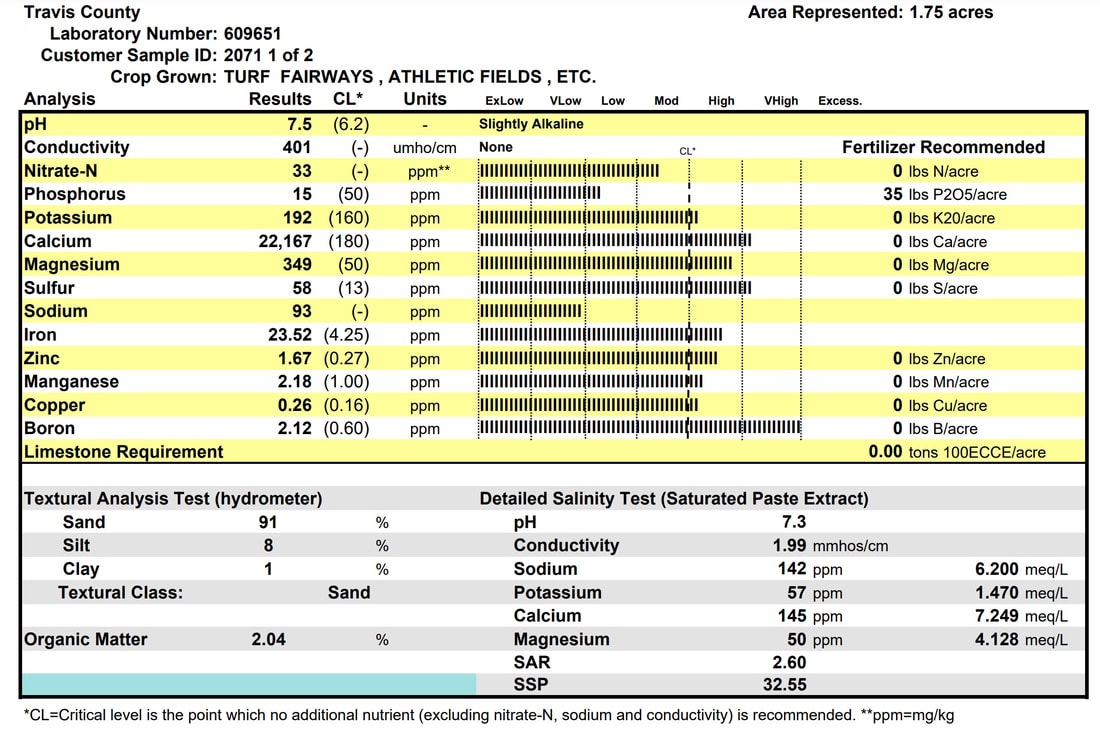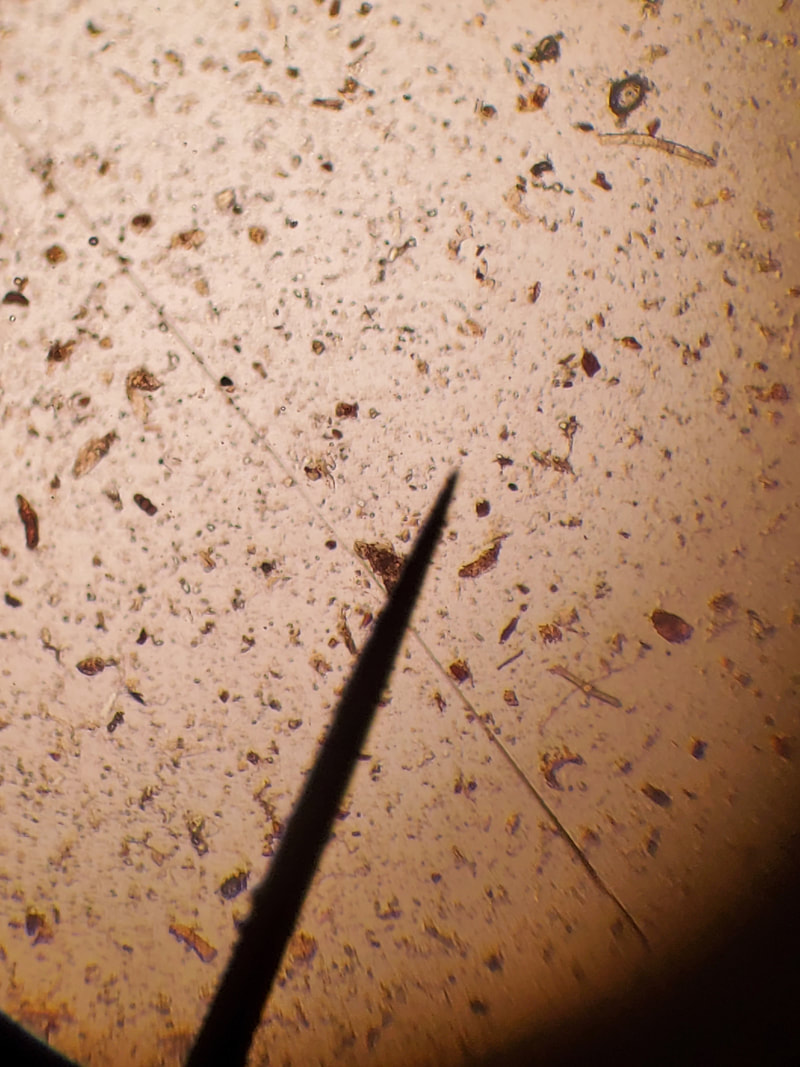|
UPDATED 04/01/2023: We have traveled the world to select only the very best methods of taking care of our lawns and plants in Austin, Texas. We aim to fully explain our organic soil management. What we do, and how we do it. At the core of our organic soil management is the recognition of the vital role that soil microorganisms play in the health and vitality of lawns and plants. Recent studies have shown that soil microbes are critical for soil fertility, nutrient cycling, and carbon sequestration. By promoting healthy microbial activity, we can improve soil structure, nutrient availability, and water-holding capacity, resulting in healthier plants with better root development and increased drought resistance. Our approach involves building healthy soil by providing a balanced and diverse array of organic matter to the soil. This includes compost, worm castings, and other forms of organic matter that are rich in the nutrients that plants need. We also use cover crops, crop rotation, and other practices that promote biodiversity and soil health. By fostering the growth of soil microorganisms, we can create a self-sustaining ecosystem that produces healthier and more resilient plants over the long term. In addition to promoting soil health, our approach also seeks to minimize environmental impacts. Synthetic fertilizers, herbicides, insecticides, and pesticides can all have negative impacts on soil health, water quality, and wildlife. Our organic methods reduce the need for these harmful chemicals, promoting a healthier and more sustainable environment for all. Overall, our organic soil management approach is based on the latest scientific research and proven practices from around the world. By working with nature and promoting healthy soil biology, we can create healthy lawns and plants that are better able to resist disease, drought, and other stresses. We are proud to offer these natural and sustainable solutions to our clients in Austin, Texas, and look forward to continuing to innovate and improve our methods based on the latest scientific knowledge.
ORGANIC SOIL MANAGEMENT RESULTSNote: All photos are unedited real world photos. Organic Lawn Care Repair Using Only Compost Tea on native St. Augustine grassDay 0Note: All photos are unedited real world photos. DAY 15DAY 43These were the last photos of this property. Unfortunately, our client had to move. We would have loved to continue taking photos of the continuous progress we made. Shrubs and HedgesNote: All photos are unedited real world photos. 50K Professional Lawn Services LLC. 844-505-5296. Austin, Texas.
0 Comments
Leave a Reply. |
Call or Text |


